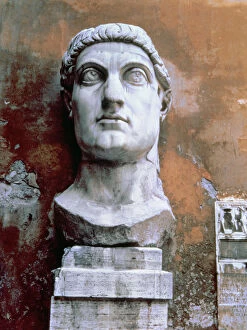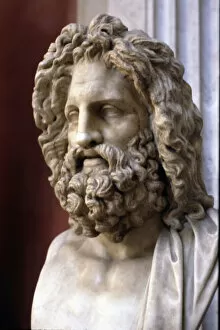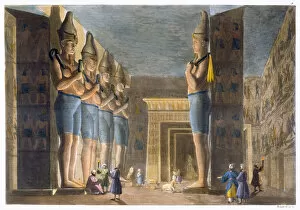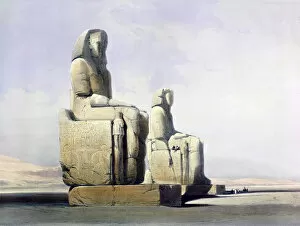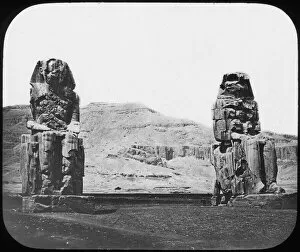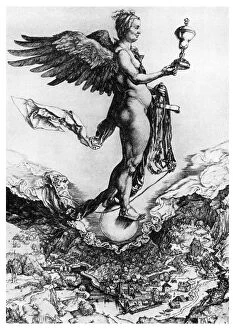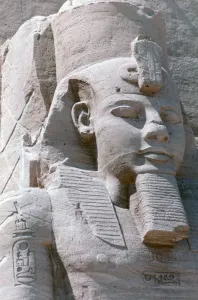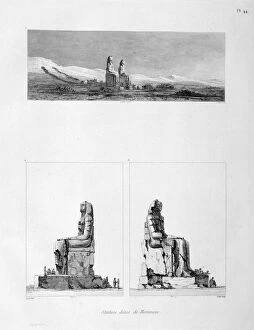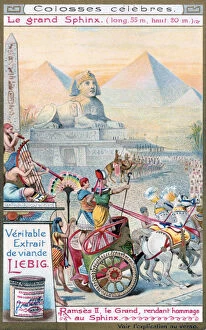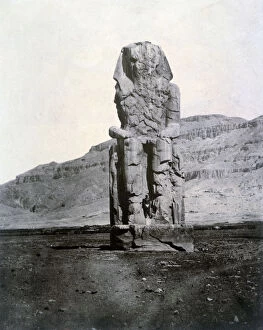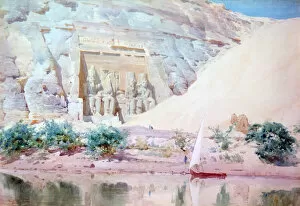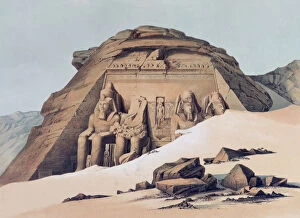Colossal Collection (page 4)
"Unleashing the Colossal: A Journey through Mythology, History
All Professionally Made to Order for Quick Shipping
"Unleashing the Colossal: A Journey through Mythology, History, and Art" Step into a world of awe-inspiring wonders as we explore the colossal beings that have captivated our imagination throughout time. From the depths of the sea emerges a giant octopus, its tentacles reaching out to grasp our attention with their mesmerizing power. Travel back in time to ancient Rome, where Constantine the Great ruled as an emperor from 306-337 AD. Marvel at his grandeur and influence that shaped an empire. Venture into Russia's folklore and encounter Zascha The Colossal Woman, a figure whose strength knows no bounds. Her presence leaves us in awe of her sheer magnitude. Behold the cast copy of Juno Ludovisi, a masterpiece of Roman art that showcases intricate details and craftsmanship beyond compare. Let it transport you to an era where beauty was immortalized in marble. Gaze upon Athena's majestic bust, embodying wisdom and courage. Feel her commanding presence as she stands tall amidst gods and mortals alike. As night falls over Egypt's Temple of Luxor, witness its first courtyard come alive with mystical allure. Let yourself be enchanted by this colossal architectural marvel standing proud for centuries. But beware. An octopus attacks a ship on turbulent waters - a reminder that even nature can unleash its colossal might when provoked or threatened. Marvel at the colossal statue of a goddess from the 2nd century AD; her divine aura radiates strength and grace for all who lay eyes upon her magnificence. In Luxor Temple's First Court stand statues honoring Ramesses II - towering monuments paying homage to one of Egypt's most powerful pharaohs. Their colossal size echoes his reign over ancient lands. Reflect on Abraham Lincoln's legacy as an American politician who stood tall against adversity during challenging times. His monumental impact still resonates today. Finally, delve into Cyprus' history with a colossal male head dating back to 560-540 BC.





